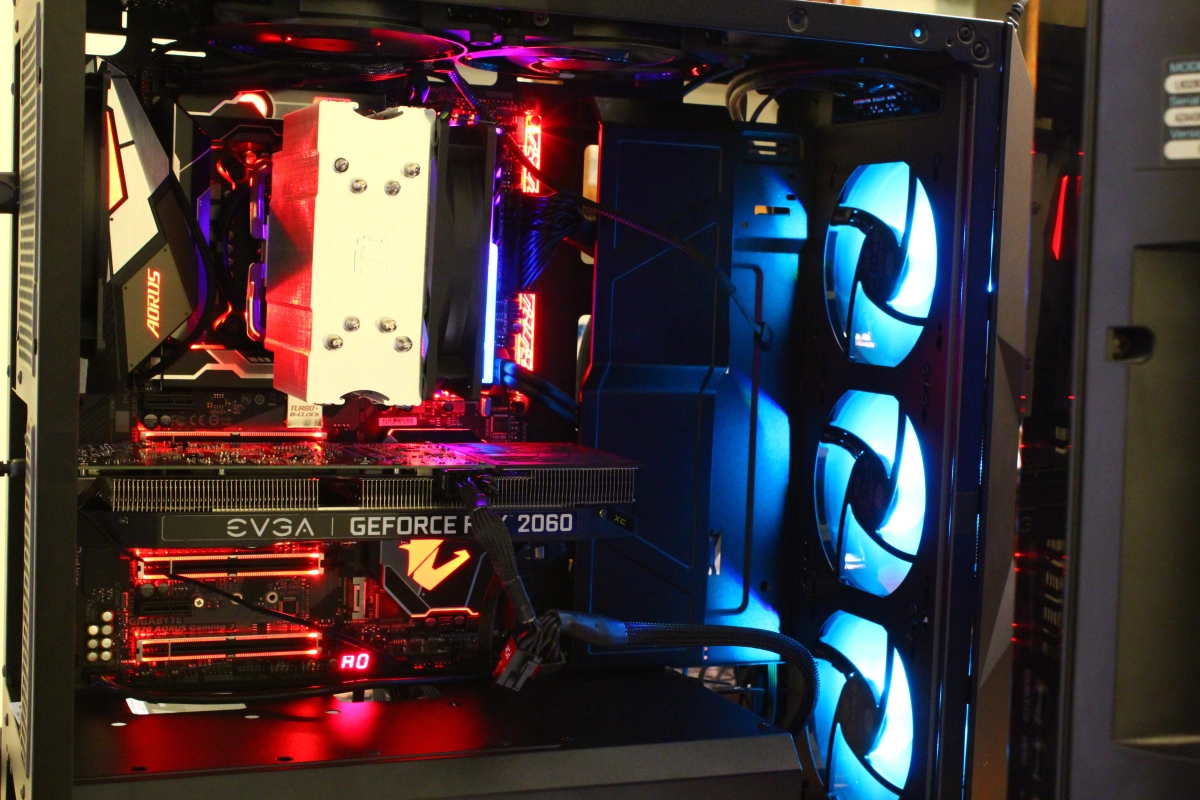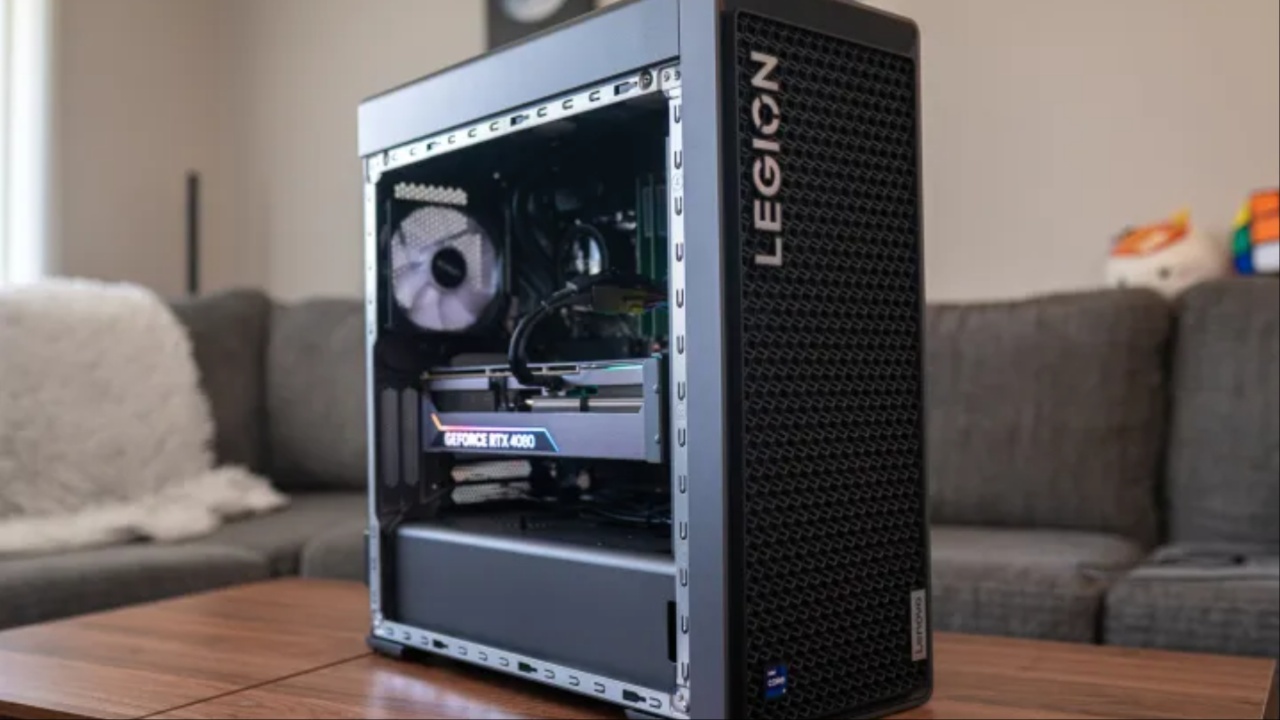Building your own desktop computer can be an enjoyable and economical experience. While the idea of assembling a custom PC can be enticing, there are times when purchasing a pre-built computer is more practical. Understanding the differences between pre-built systems sold by Original Equipment Manufacturers (OEMs) and those offered by System Integrators (SIs) can help consumers make informed decisions regarding their computing needs.
OEMs, or Original Equipment Manufacturers, refer to large companies like Dell, Lenovo, HP, and Acer that produce desktop and laptop computers. These corporations typically purchase hardware components from various manufacturers, including processors from Intel or AMD, motherboards from Asus or Gigabyte, and storage solutions from companies like Seagate. They then assemble these components into their branded systems, often pre-loading software like Windows before selling them to retailers.

Differentiate Between Pre-Built and Custom PCs Understanding OEMs and System Integrators
The process that OEMs follow to create their PCs has remained consistent over the years. They buy hardware in bulk, assemble it in factories, and package the products for sale. While this approach has evolved with technological advancements, the core methodology of building and selling PCs has stayed largely the same since the early days of personal computing.
On the other hand, System Integrators operate on a smaller scale than OEMs. Although SIs also assemble PCs from parts sourced from other manufacturers, they focus on creating high-performance, custom systems that often carry a higher price tag. Examples of SIs include companies like Falcon Northwest, Origin, and iBuyPower. These boutique manufacturers prioritize quality and customization, making their offerings appealing to gamers and enthusiasts looking for powerful machines.
A significant distinction between OEMs and SIs lies in the components used in their systems. OEMs frequently produce some parts in-house, such as PC cases, or have custom components manufactured for their systems.
This can sometimes lead to compatibility issues for users looking to upgrade or repair their machines. In contrast, SIs generally use standard parts available to the public, ensuring that their systems are easier to upgrade and maintain. Thus, while all OEMs can be considered SIs, not all SIs are OEMs, highlighting the nuanced differences between these two types of computer manufacturers.









































